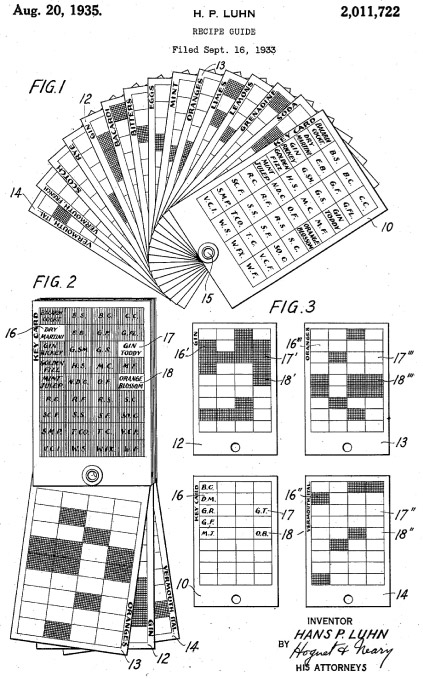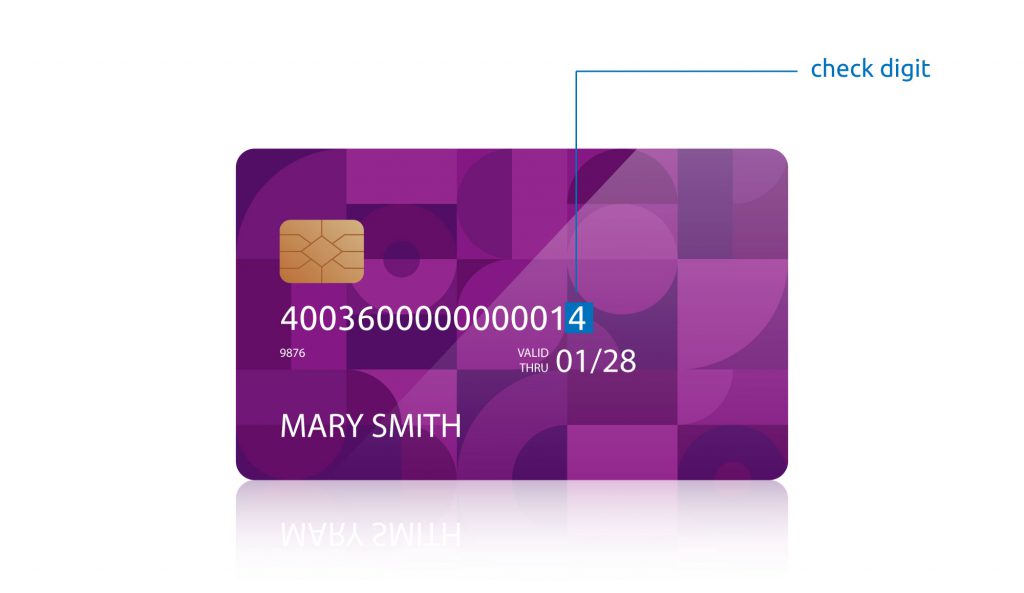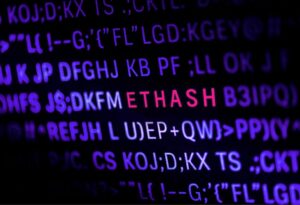
Table of Contents
ToggleHave you ever heard of Hans Peter Luhn? Well, if you are into the world of blockchain technology, your answer is probably yes. If not, we invite you to read on, as Luhn is undoubtedly a personality who has contributed greatly to today’s technology.
So, if you are curious about his story and the contributions he made to the cryptocurrency universe, below we will reveal who Hans Peter Luhn is and what this German computer scientist contributed to the world of cryptocurrency.
Biography of Hans Peter Luhn

Hans Peter Luhn was born in Barmen, Germany, on July 1, 1896. After finishing high school, he moved to Switzerland to learn the trade of commercial printing in order to join the family business. However, his career was interrupted to serve in the German army during World War I, where he served as a communications officer.
After the war Luhn traveled to the United States where he worked in the textile industry. There he gave birth to his first invention, the Lunometer, a yarn counter that is still on the market. Among the more than 80 patents he was granted, Luhn was the creator of the KWIC (Key Words In Context) indexing and is mainly known for being the inventor of what is known today as the Luhn Algorithm, whose objective is to detect errors in the transcription of digits.
In 1941 he joined IBM as a senior research engineer and later became manager of the Information Retrieval Research Division.
His entry into the world of information science dates back to 1947, when he was asked to work on a problem presented to IBM that involved searching for chemical compounds recorded in coded form. As a solution to the problem Luhn used punch cards.
In the 1950s he began to devote ever more time to the problems of information retrieval and storage that libraries and documentation centers frequently encountered.
Luhn decided to apply the statistical calculation of the words from the texts in order to establish which words appeared more frequently than others, thus becoming a valid tool for text retrieval.
Undoubtedly, this discovery had a significant influence on the development of the Information Retrieval discipline and automatic indexing.
Today we can say that Luhn was one of the first to develop many of the techniques common in information science.
These techniques include full text processing, hash codes, auto indexing, automatic abstraction.
However, there are two contributions that had great repercussions:
- The selective dissemination of information service (SDI). This is an automatic method involving the use of the computer to select, among a flow of new documents, those of interest to each of several users, that is, with the relevant information they need in their work, discriminating the irrelevant.
- The creation of the KWIC index, a tool used for indexing that became an indispensable method in the creation of tesauros.
The Luhn algorithm
The Luhn algorithm or Luhn formula, also known as the “modulo 10” or “mod 10” algorithm, is a simple checksum formula used to validate a variety of identification numbers.
Today this algorithm is widely used for credit cards, national ID numbers or social security numbers.
This invention was registered in the United States under Patent No. 2,950,048 on August 23, 1960.
However, Luhn’s algorithm was not designed to protect against malicious attacks but to protect against accidental errors, that is, it was created as a simple method to distinguish valid numbers from misspelled or incorrect numbers.

How does the Luhn algorithm work?
Luhn’s formula checks a number with its check digit included. This number is added to a partial account number to generate the full account number.
Let’s make a practical example with the number of a bank card with the following number: 40036000000000000014

For the number to be valid it will have to pass the following test:
- First, starting from the rightmost digit and moving to the left, double the value of each second digit.
The check digit (the last 4 highlighted in blue in the image) is not duplicated or included in this calculation.
4003600000000014
1 x 2 + 0 x 2 + 0 x 2 + 0 x 2 + 0 x 2 + 6 x 2 + 0 x 2 + 4 x 2
- If the result of this process is greater than 9 (as in the case of 6×2), add the digits of the result (e.g., 12: 1 + 2).
= 2 + 0 + 0 + 0 + 0 + 1 + 2 + 0 + 8 = 13
- The sum derived must be added to the sum of the digits that were not duplicated.
13 + 4 + 0 + 0 + 0 + 0 + 0 + 3 + 0 = 20
- If the last digit of the total is 0, then the set of numbers is valid.
In this case, the last digit of 20 is 0. So, the card number is correct.
Luhn and Business Intelligence
We conclude by recalling another important contribution that Hans Peter Luhn made to technology. Luhn was also the first person to use the term Business Intelligence.
In an article “A Business Intelligence System” published in 1958 he mentioned this term for the first time and defined it as: “the ability to learn the relationships of facts presented in such a way as to guide actions toward a desired goal”. Despite being a very basic version, it was an important precursor to one of today’s most important technologies.

